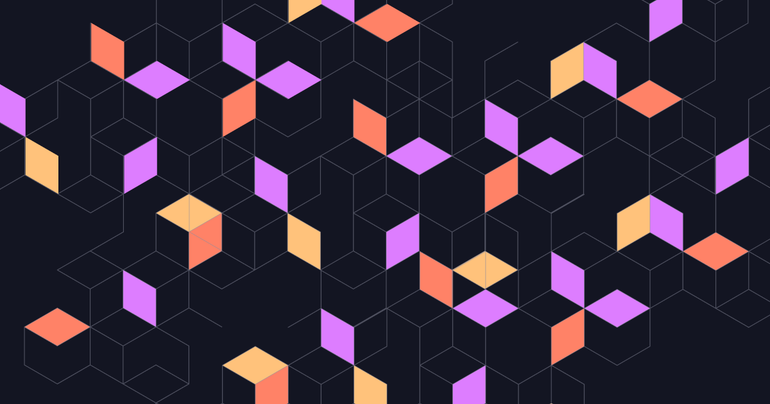-
 Tutorials How to Label Multichannel Time Series Data for AI Models
Tutorials How to Label Multichannel Time Series Data for AI ModelsLearn how to visualize and annotate complex sensor or signal time series data across multiple channels within the Label Studio interface.
 Label Studio Team
Label Studio Team -
 Tutorials How to Automatically Disallow Text in Annotations
Tutorials How to Automatically Disallow Text in AnnotationsLearn how you can use Plugins to create a simple content moderation interface that will alert annotators of disallowed text in task submissions.
 Micaela Kaplan
Micaela KaplanData Scientist
-
 Tutorials How to Detect and Pause Spammy Annotations
Tutorials How to Detect and Pause Spammy AnnotationsLearn how to automatically mitigate suspicious annotations like spam, bots, and fraud with Plugins in Label Studio Enterprise.
 Micaela Kaplan
Micaela KaplanData Scientist
-
 Tutorials How to Generate Synthetic Data with Prompts in Label Studio
Tutorials How to Generate Synthetic Data with Prompts in Label StudioKickstart LLM training or RAG pipelines with model-generated data. This guide shows how to create a project, write prompts, and review outputs step by step.
 Micaela Kaplan
Micaela KaplanData Scientist
-
 Tutorials How to Evaluate and Compare LLMs Using Prompts in Label Studio
Tutorials How to Evaluate and Compare LLMs Using Prompts in Label StudioUsing LLMs to label data is fast—but is it accurate? This post shows two ways to evaluate model performance in Label Studio, with or without ground truth. Learn how to compare outputs, track accuracy and cost, and choose the right model for your workflow.
 Micaela Kaplan
Micaela KaplanData Scientist
-
 Tutorials Craft the Greatest GPTs 😸
Tutorials Craft the Greatest GPTs 😸In this post, we walk through a creative use case for Label Studio’s AI Assistant and Prompts: generating rich, image-based narratives. Follow along to see how you can build a project that combines structured labeling with a touch of storytelling.
 Sheree Zhang
Sheree ZhangSr. Product Manager
-
 Tutorials Testing SmolDocling with Label Studio: Evaluating OCR for Document Conversion
Tutorials Testing SmolDocling with Label Studio: Evaluating OCR for Document ConversionSmolDocling is designed for end-to-end document conversion, extracting text, tables, and layout with high efficiency. But how well does it perform on real documents? In this post, we walk through testing SmolDocling’s OCR capabilities using Label Studio and a step-by-step notebook to help you evaluate its accuracy.
 Micaela Kaplan
Micaela KaplanData Scientist
-
 Tutorials OpenAI Structured Outputs with Label Studio
Tutorials OpenAI Structured Outputs with Label StudioOpenAI’s new Structured Outputs feature allows you to ensure outputs conform to a defined JSON structure. In this blog, we’ll explore how to leverage this feature for various labeling tasks.
 Jimmy Whitaker
Jimmy WhitakerData Scientist in Residence at HumanSignal
-
Never miss
an update.Subscribe for news.
-
 Tutorials Fine-Tuning Llama 3: Enhancing Accuracy in Medical Q&A With LLMs
Tutorials Fine-Tuning Llama 3: Enhancing Accuracy in Medical Q&A With LLMsIn this article, we want to demonstrate a method of curating large datasets to reduce but not remove the cost for curating a high quality medical Q&A dataset in Label Studio and fine-tuning Llama 3 on this data.
 Jimmy Whitaker
Jimmy WhitakerData Scientist in Residence at HumanSignal
-
 Tutorials Improving RAG Document Search Quality with Cohere Re-ranking
Tutorials Improving RAG Document Search Quality with Cohere Re-rankingThis article is part of a longer series that will teach you how to develop and optimize a question answering (QA) system using Retrieval-Augmented Generation (RAG) architecture. In this tutorial, we are going to show you how to create a generator that builds responses based on those documents.
 Max Tkachenko
Max TkachenkoCo-founder, HumanSignal and Label Studio
-
 Tutorials Optimizing RAG Pipelines with Label Studio
Tutorials Optimizing RAG Pipelines with Label StudioIn this introduction to our tutorial series on optimizing RAG pipelines, we'll introduce an example question answering (QA) system leveraging a Retrieval-Augmented Generation (RAG) architecture and outline three methods for optimizing your RAG pipeline utilizing Label Studio.
 Max Tkachenko
Max TkachenkoCo-founder, HumanSignal and Label Studio